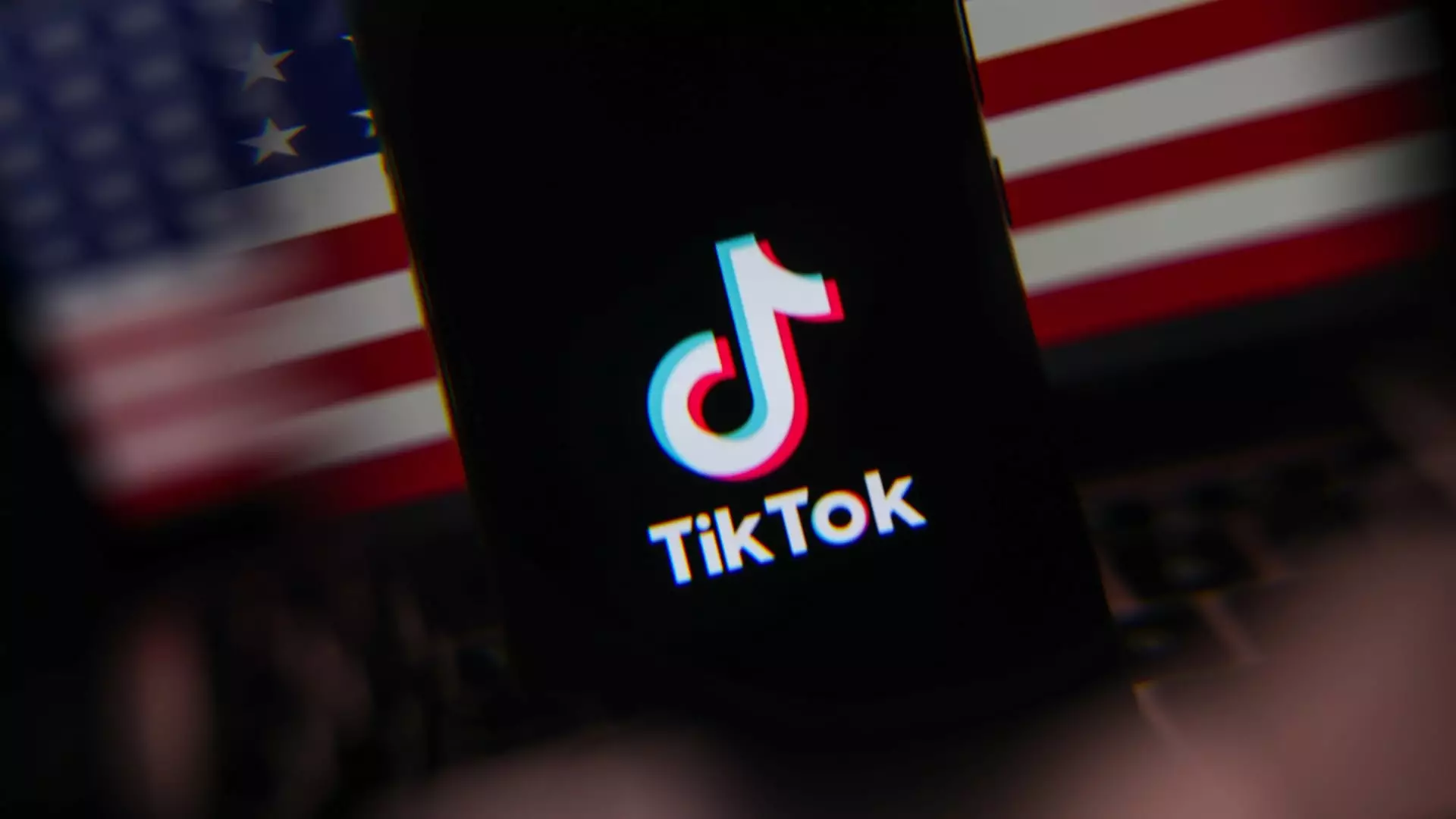In a significant turn of events, TikTok has re-emerged on both the Apple and Google app stores, barely a month after its abrupt removal due to escalating political tensions in the United States. The app was pulled on January 18, just prior to the activation of a national security law sparked by concerns over data privacy and foreign influence. The law, which has since become a cornerstone of the discourse surrounding tech regulation, mandates that ByteDance, the Chinese parent company of TikTok, divest its operations in the U.S. or face a potential ban. In a country where the privacy of personal data is increasingly becoming a focal point, the return of TikTok raises a multitude of questions about technology, governance, and user rights.
Legal and Political Backdrop
The backdrop to TikTok’s struggle is marked by complex legal battles and a shifting political landscape. The Protecting Americans from Foreign Adversary Controlled Applications Act, signed into law by former President Biden, enforces stringent measures aimed at reducing perceived risks associated with foreign-owned applications. The law’s implications go beyond just TikTok, highlighting a growing apprehension towards technology firms with overseas connections. The Supreme Court’s ruling that sided with the Biden administration emphasized Congress’s stance on the need for divestiture, portraying TikTok’s data practices as a potential threat to national security. This legal framework has set the stage for a tug-of-war between protecting user interests and mitigating risks perceived by lawmakers.
In response to these mounting pressures, TikTok has adopted a defiant stance, arguing that the legislation infringes on the First Amendment rights of its vast user base, which comprises over 170 million Americans. Such a significant user demographic cannot be overlooked, and TikTok’s contention highlights a critical intersection of technology, free speech, and national security. Furthermore, TikTok’s threat to shut down its operations in the U.S. signaled a willingness to leverage its platform’s popularity as a means of negotiating with the government.
Trump’s Position and Future Implications
Adding another layer to the situation, former President Donald Trump suggested the possibility of a joint venture to keep TikTok operational in the U.S. His comments on social media during his presidency hinted at an interest in maintaining American oversight of the platform while ensuring its continued operation. This proposition underlines the complexities surrounding ownership and control in the realm of digital spaces and raises important questions about what the future holds for international tech companies operating in the U.S. market.
Despite being yanked from app stores, reports reveal that TikTok has managed to reclaim nearly 90% of its previous user traffic. This remarkable recovery underscores the platform’s popularity and the resilience of its user community. It illustrates a significant disconnect between regulatory actions and consumer behavior, emphasizing that even amidst uncertainty, the appetite for digital social interaction remains robust.
As TikTok continues to navigate the turbulent waters of U.S. regulations, its journey serves as a critical case study in the evolving relationship between technology and government oversight. The app’s return and ongoing challenges reflect wider societal conversations around privacy, data governance, and user rights. Observers will certainly be keen to see how this tech giant adapts and evolves in the face of unprecedented regulatory scrutiny.


Leave a Reply